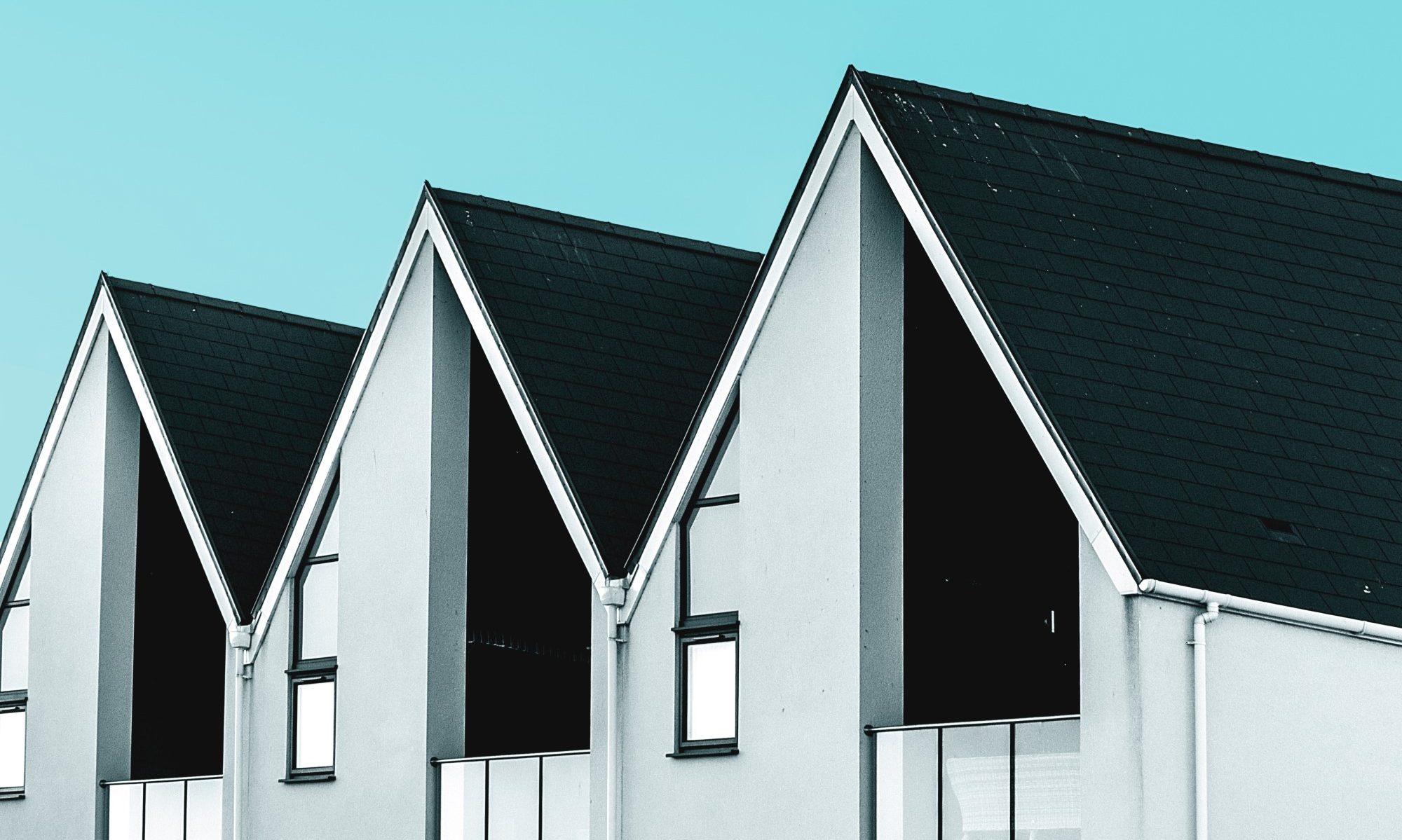Tar and gravel roofing is a type of roofing that has been used for centuries.
It involves the application of layers of thick felted fabric and hot tar, then gravel-coated asphalt sheeting on top to protect the sub-layers and is a great option for homes and buildings with flat roofs.
When installed by experienced tar and gravel roofing contractors, it is an economical and protective roofing choice, especially for large buildings with expansive roofs.
As with any other roofing material, there are advantages and disadvantages to this roofing system to know about; however; those considering calling tar and gravel roof contractors should understand the pluses and minuses before opting for this technique.
Advantages of Tar & Gravel Roofing
The main advantage of choosing tar and gravel roofing is its low cost, as the materials are readily available and inexpensive.
When properly installed by skilled tar and gravel roofing contractors, this layered roof can last up to 30 years at a much lower cost than some other flat roofing options.
Also called a “built-up” roof or a BUR, tar and gravel roofing can be made more energy efficient by using asphalt sheets with light-colored or reflective-coated gravel on top to reflect the sun’s UV rays.
It is a cost-effective, simple roofing choice when properly maintained.
Maintenance for this type of installation requires little more than yearly inspections to check for leaks and ponding, adding additional gravel to the surface as needed and making prompt repairs if problems arise.
Disadvantages of Tar & Gravel Roofing
As there are with all other types of roofs, there are a few disadvantages to using tar and gravel roofing to be aware of before choosing it, the main one being its weight.
Because these layered materials can be fairly heavy, tar and gravel roof contractors will first check the roofing structure to ensure its weight-bearing capability or add more structural support as needed.
Secondly, these installations can experience leaks due to water ponding in uneven spots or damage to the membrane if the gravel is allowed to get too thin.
A professional installation by an experienced tar and gravel roofing contractor is required to ensure the felt is applied perfectly flat and there is no bunching or shifting as the tar and gravel layers are added.
Adding All This Together
In summary, tar and gravel roofing can be the perfect roofing choice for any flat roof, large or small, but only when installed by a tar and gravel roofing contractor who knows what they are doing.
It is a simple roof and a simple process, but one that demands skill and finesse.
Correctly done, tar and gravel roofing can be a long-lasting, affordable system for any flat-topped building!
